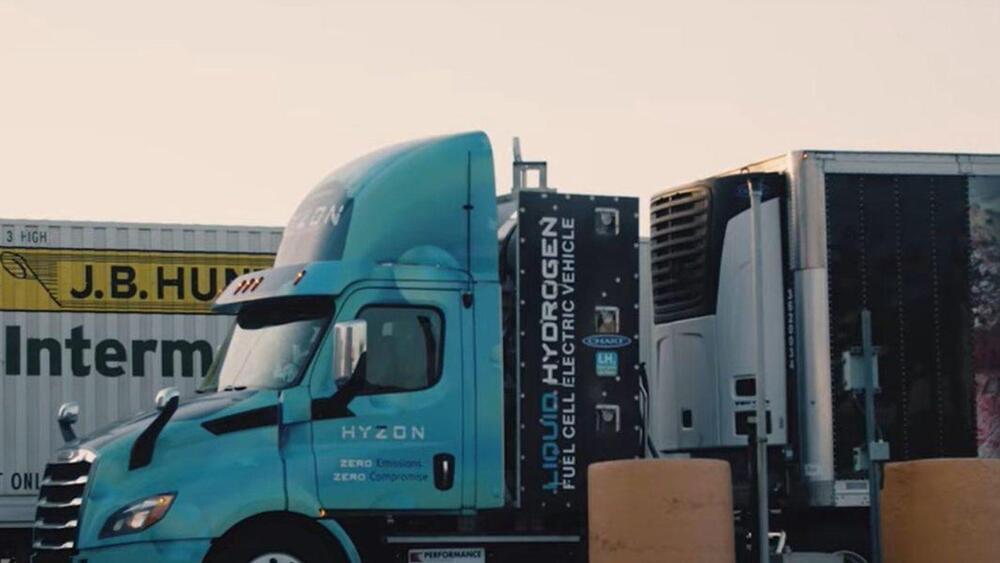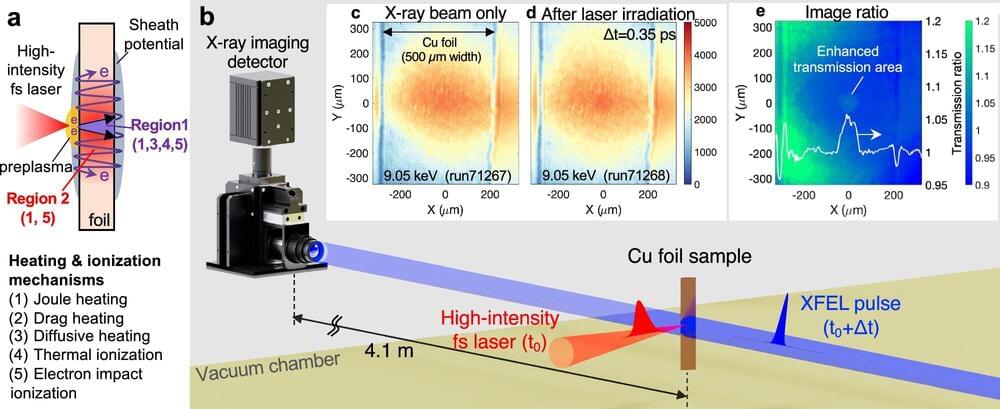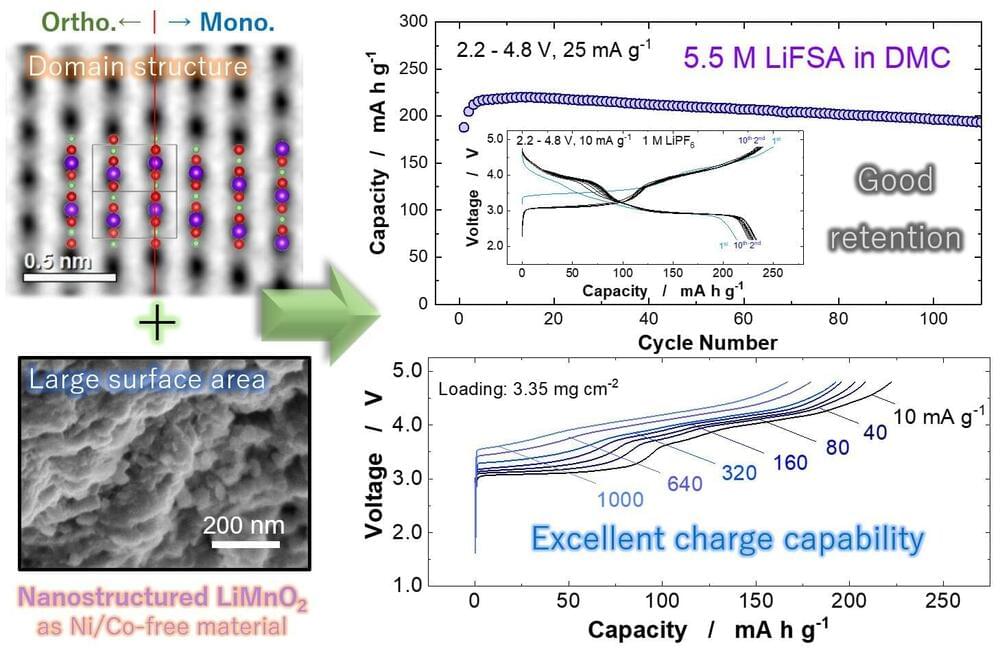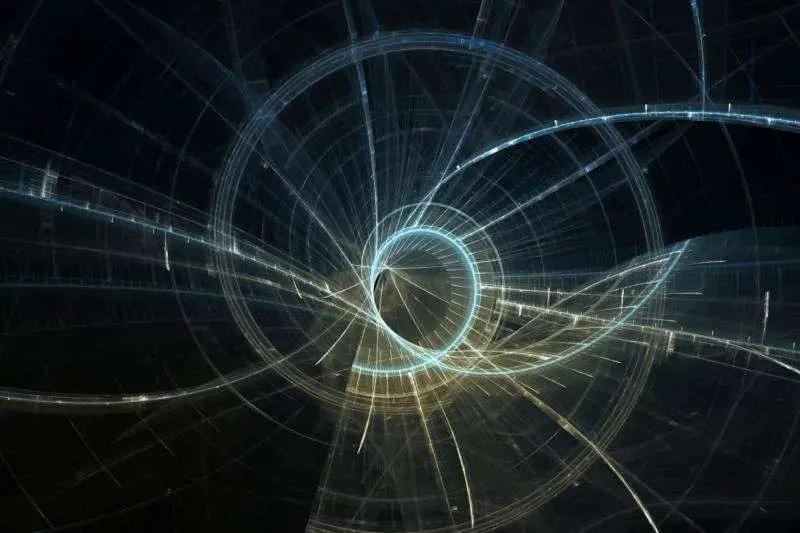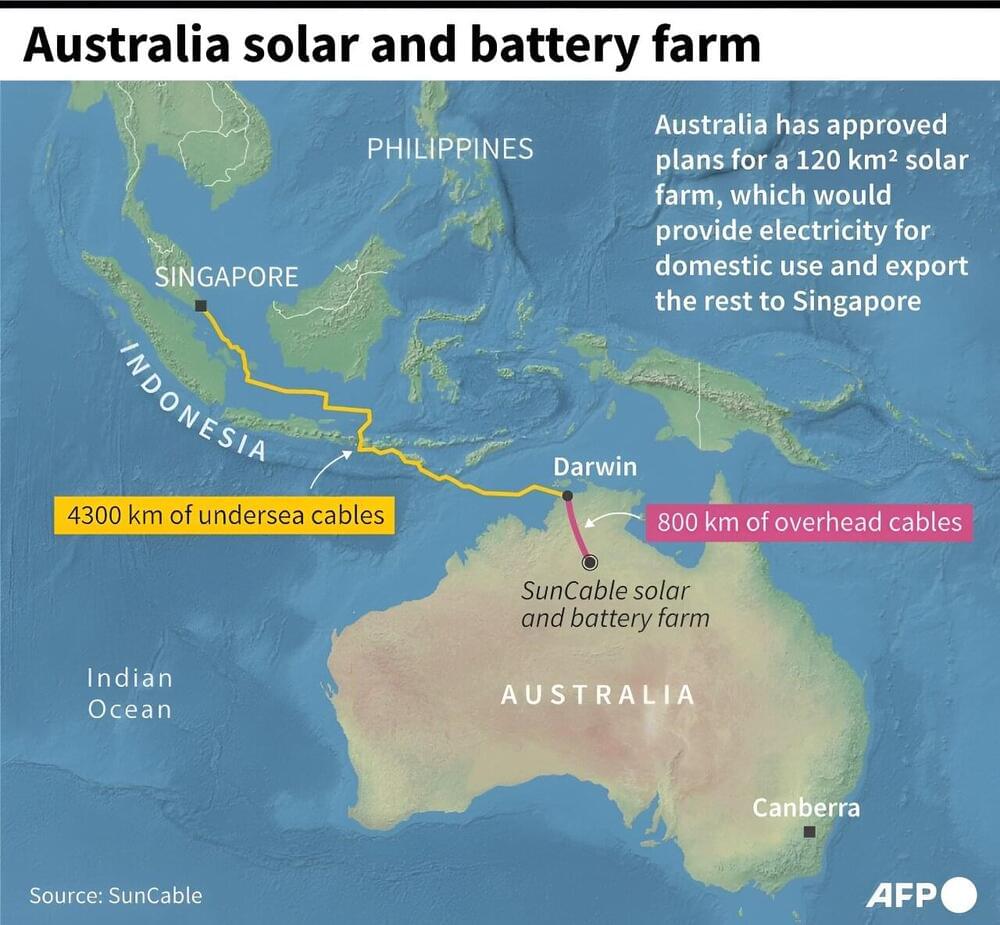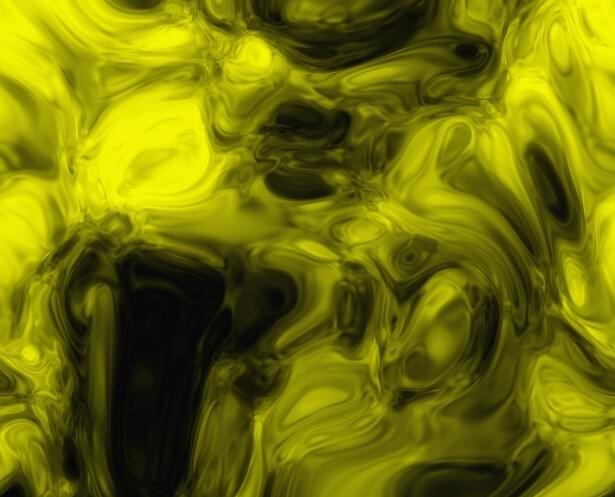As a trailblazer in clean logistics, Hyzon continues to leverage hydrogen’s potential to fuel transportation innovations.
Hyzon Motors is making significant strides in revolutionizing the heavy-duty transportation industry with the production of its pioneering Class 8 200kW Fuel Cell Electric Truck. This milestone highlights the company’s dedication to advancing zero-emission technology and addressing sectors traditionally reliant on diesel.
The vehicle production results from a strategic partnership with North Carolina-based Fontaine Modification, which assembles the trucks by integrating Hyzon’s advanced fuel cell systems, battery packs, and hydrogen storage solutions into the chassis. This collaboration ensures each vehicle meets new standards in innovation and road-readiness.
Central to Hyzon’s Class 8 truck is its single stack 200kW fuel cell system, which is a breakthrough in efficiency and design. The system is 30% lighter and smaller than previous models, offering 25% more cost efficiency. This design provides a powerful yet economical solution to meet the demanding needs of heavy-duty transport.

